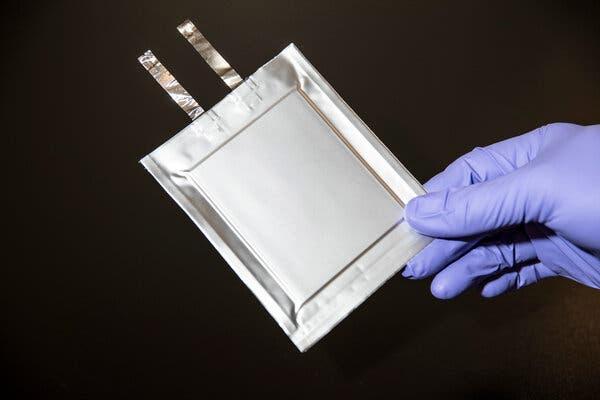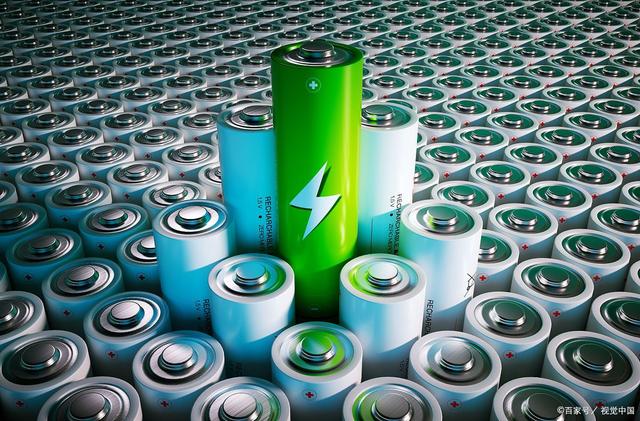Comparing the Advantages and Disadvantages of Lead-Acid, Sodium-Ion, and Lithium Batteries
2024-05-22 17:13:01
In today's market, energy storage solutions primarily revolve around two main types: lead-acid and lithium batteries. While lithium batteries are renowned for their robust performance, lead-acid batteries maintain a stronghold due to their cost-effectiveness. However, a newcomer has entered the fray: sodium-ion batteries. Let's delve into a comparative analysis of lead-acid and sodium-ion batteries, exploring their respective merits and demerits.

Cost Considerations
Both lead-acid and sodium-ion batteries offer cost advantages over lithium batteries, boasting prices that are less than half of their lithium counterparts. Their comparative affordability makes them appealing options for various applications.
Lifespan Assessment
In terms of longevity, lead-acid batteries typically endure for around two years, whereas sodium-ion batteries exhibit greater resilience, boasting lifespans of up to 4-5 years. Additionally, lead-acid batteries can undergo approximately 300-500 complete charge-discharge cycles, while lithium batteries can handle significantly more, ranging from 2000 to 4000 cycles.
Weight and Dimension
Lead-acid batteries tend to be bulkier and heavier compared to lithium batteries, which are celebrated for their compactness and lightweight construction. Sodium-ion batteries also excel in this regard, offering higher voltage and energy density while maintaining a weight that is merely 40% of comparable lead-acid batteries.
Warranty Coverage
Lead-acid batteries typically come with a standard one-year warranty, whereas sodium-ion batteries offer extended warranties of up to two years, reflecting the confidence in their durability and performance.
Operational Parameters
Sodium-ion batteries exhibit versatility in operating under extreme conditions, featuring a wide discharge temperature range from -40°C to 80°C. They also boast lower starting voltages compared to lead-acid batteries, enhancing their suitability for diverse environments.
Synopsis of Sodium-Ion Battery Advantages
Relative to lead-acid batteries, sodium-ion batteries offer higher energy density, enhanced operability in extreme conditions, and superior safety features without the presence of corrosive elements or heavy metals. However, it's important to note that sodium-ion batteries are still in the developmental phase, with their cost differentials compared to lead-acid batteries being relatively minor. Nevertheless, with advancements in the supply chain, sodium-ion batteries are poised to emerge as frontrunners in the near future.

Extended Cycle Life: Boasting four times the longevity and 20 times more cycle life compared to lead-acid batteries, thus reducing overall operational costs.
Reduced Weight: Significantly lighter than conventional lead-acid batteries, enhancing portability and ease of handling.
Enhanced Power Output: Providing over 500 amps of starting power, capable of enduring more than 50,000 starts and over 2,000 charge cycles, translating to twice the power and ten times the start capacity.
Expanded Temperature Range: Operational functionality spanning from -40°C to +80°C, ensuring reliable performance across diverse climates.
Optimized Safety Standards: Demonstrating stable electrochemical performance and heightened safety protocols, surpassing conventional lithium-ion batteries.

Join Our Distribution Network!
We are actively seeking distributors globally! Become a valued member of the MOOSIB family as a local agent and unlock exclusive growth opportunities. Contact us today to explore partnership possibilities and seize the moment!





